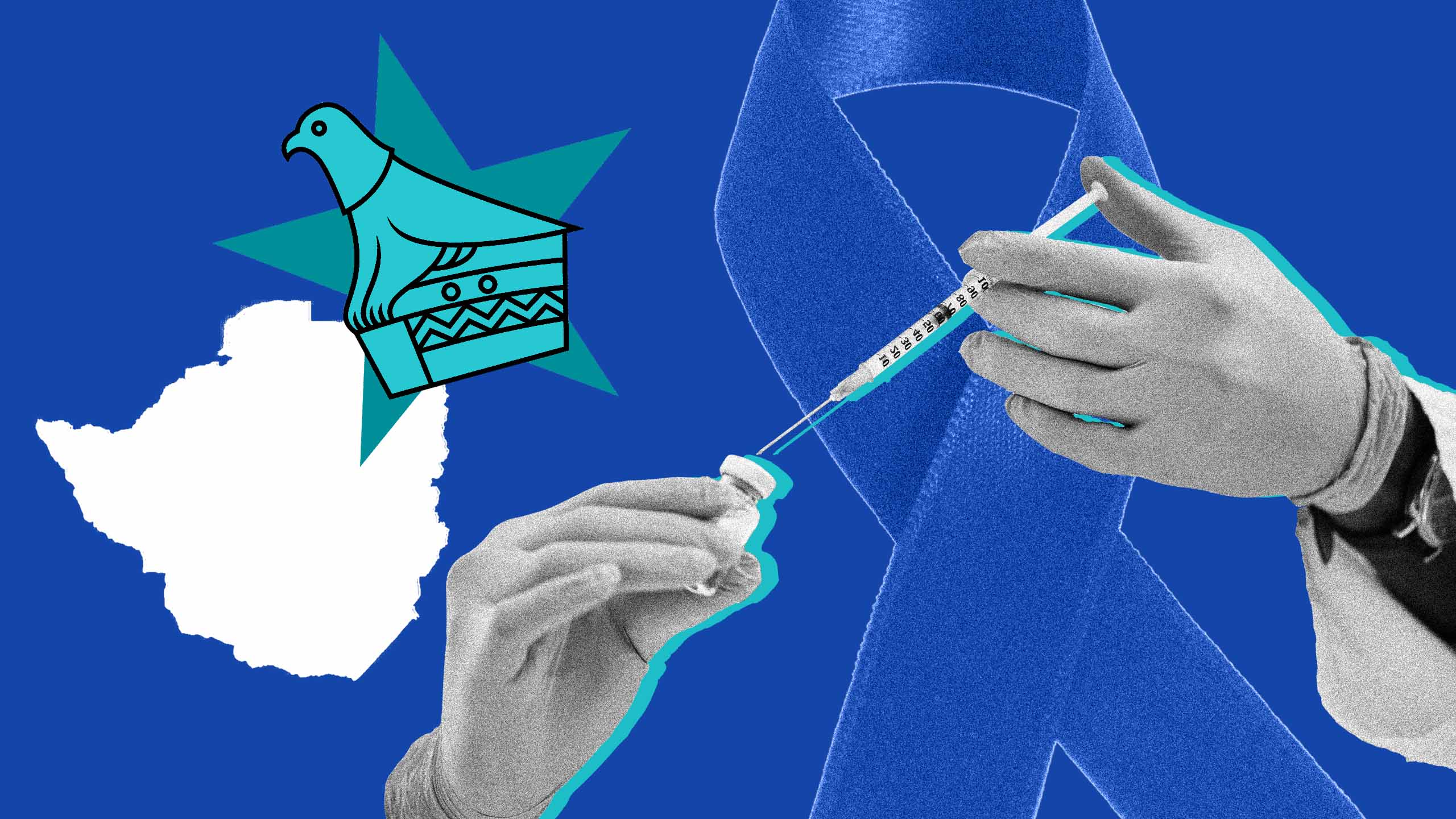Zimbabwe—a country where in 2020 over 11 percent of the population had HIV—just confirmed that 95 percent of its HIV-positive population has reached undetectable levels of the virus.
Zimbabwe’s Ministry of Health and Child Care confirmed the figure on Nov. 9, meaning that 95 percent of the HIV-positive population cannot transmit it, local publication New Ziana reported. The Ministry of Health’s Dr. Chiedza Mupanguri presented the data confirming this figure at the Media Engagement Workshop in Chinhoyi, showing that the country had successfully targeted broad swathes of the country’s population to achieve this goal.
The sub-Saharan African country reached this goal as part of a collaboration with the AIDS advocacy group UNAIDS, with whom the country established a 95-95-95 goal to end the HIV crisis by 2030. The plan centres around three targets: for 95 percent of HIV-positive people to know their status, for 95 percent of diagnosed patients to take antiretroviral therapy (ART) and 95 percent of people taking ART to have viral suppression by 2025. Zimbabwe has hit the last goal and surpassed the others several years in advance of the deadline, with 96 percent of HIV-positive people knowing their status and 97 percent of HIV-positive people on ART.
Zimbabwe, a country of more than 15 million, reached this goal just weeks after it became the first country in Africa, and the third in the world behind Australia and the U.S., to approve CAB-LA, a long-acting injectable medication that prevents HIV. CAB-LA acts as a pre-exposure prophylaxis—or PrEP—and is recommended by the World Health Organization (WHO) for those who have a high risk of contracting HIV, including LGBTQ+ people and women, the latter being almost twice as likely to get HIV as men in sub-Saharan Africa.
“Accelerating HIV prevention for girls and young women requires an expansion on choices available,” Nyasha Sithole, of the Development Agenda for Girls and Women in Africa (DAWA) network, told The Guardian. “I am excited and proud to know that my own country has approved the use of CAB-LA. This will contribute to our basket of HIV-prevention tools that work for us as girls and women in Zimbabwe.”
This milestone represents years of progress for Zimbabwe in fighting the virus. In 2002, for example, 130,000 people died from AIDS, compared to just 20,000 in 2021.
Despite Zimbabwe’s recent success with HIV treatment and prevention, the country still struggles with the stigma against those who have it. According to a survey published by the scientific journal PLOS ONE, over 20 percent of the population of Zimbabwe has a negative view of people with AIDS. Moreover, although HIV testing is free in Zimbabwe, same-sex relations, drug use and sex work are illegal—a fact that often prevents vulnerable populations from seeking out the treatment and sex education they need.
Zimbabwe is just one of several sub-Saharan countries to make strides with treating and preventing HIV in recent years. Its neighbour Botswana—where over 20 percent of the adult population has HIV—achieved UNAIDS’s bronze-level 90-90-90 goal, meaning that at least 90 percent of its HIV-positive population knew their status, 90 percent were on ART and 90 percent of those on ART reached undetectable levels of the virus. South Africa, a neighbouring country where around 20 percent of adults have HIV, has surpassed the 90-90-90 goal.
Still, as in Zimbabwe, many sub-Saharan countries, which see some of the highest rates of HIV in the world, are marked by intense stigma against those with the virus. According to UNAIDS data, 17 percent of South Africans hold discriminatory attitudes toward those with HIV. In Zambia, where around 11 percent of adults have HIV, one in four people hold similar negative attitudes.
These kinds of discriminatory attitudes aren’t unique within sub-Saharan Africa. Nearly half of the population of sub-Saharan Africa has discriminatory attitudes toward those with AIDS, with the highest prevalence of these attitudes being in Guinea, where 79.75 percent of the population has negative beliefs about those with HIV. These negative attitudes are influential across the virus’s global epicentre, with 69 percent of all people with HIV globally in 2012 being in sub-Saharan Africa.


 Why you can trust Xtra
Why you can trust Xtra


